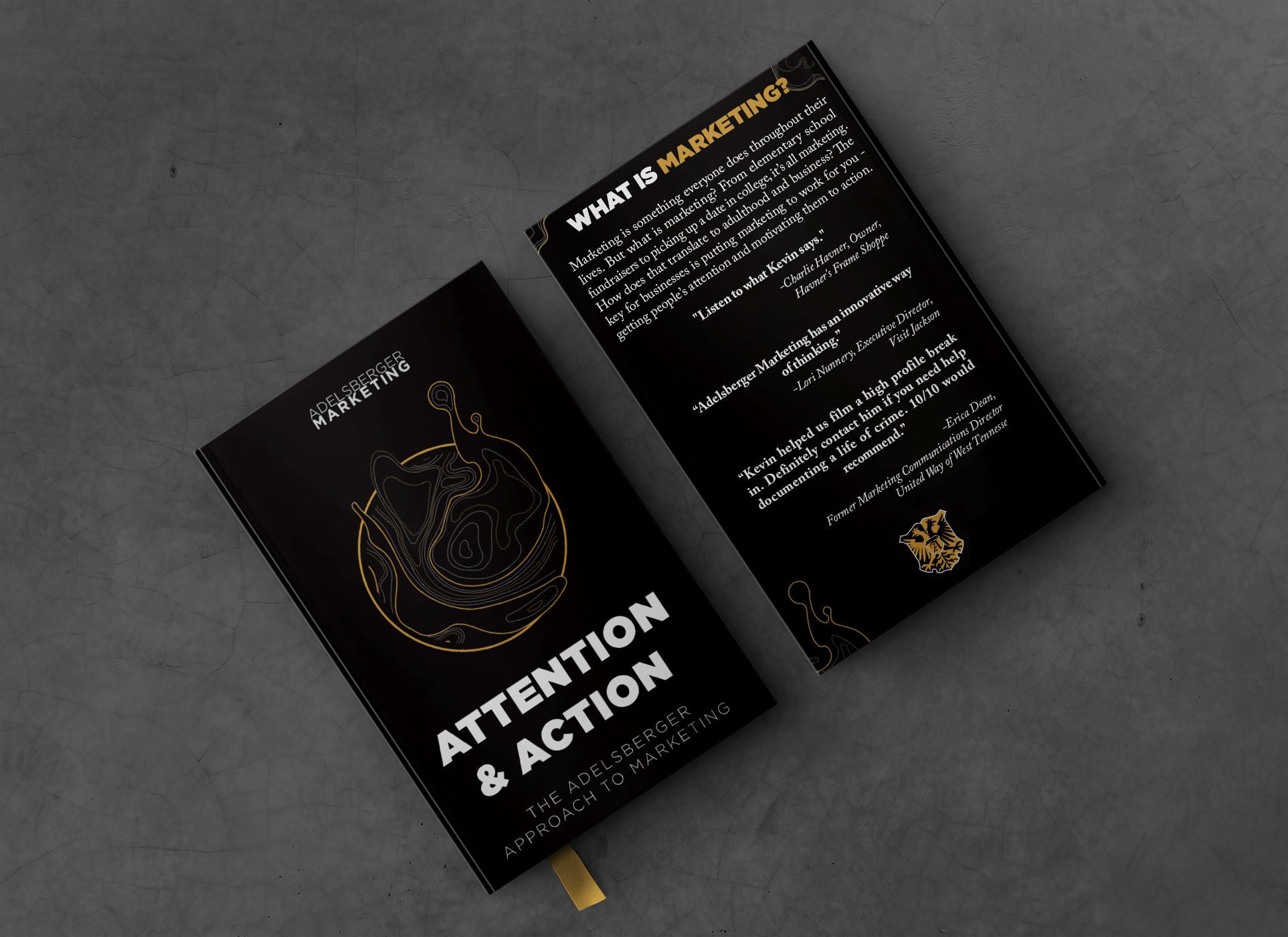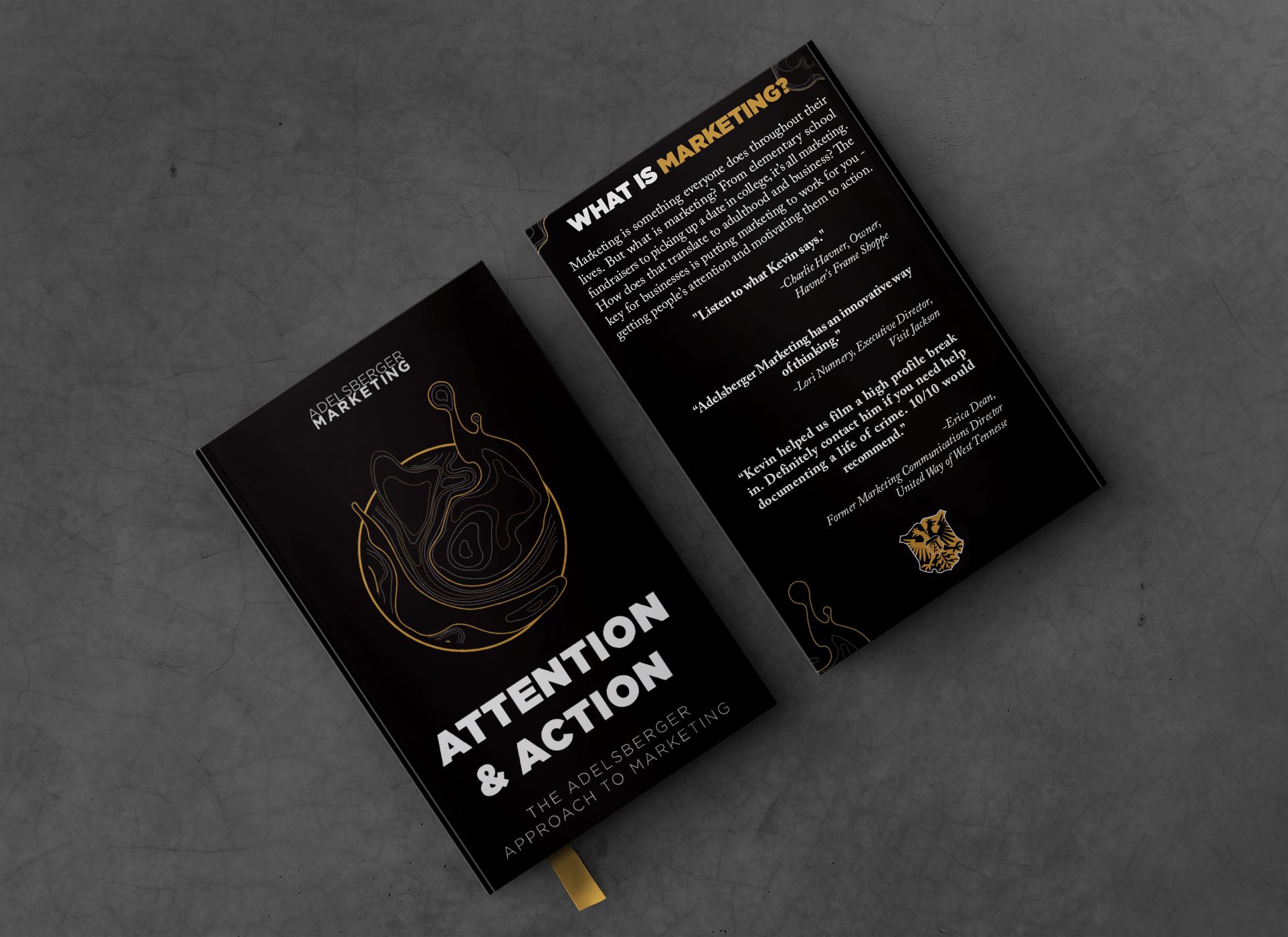Awareness and Direct Response Marketing
Two final categories we need to consider when we think about marketing is awareness and direct response marketing. While these two ideas can work together in many contexts, I usually see them in contrast with each other. A simple way to define these are: awareness as ‘’aren’t we cool and will make your life better” and direct response as “buy this thing here, now preferably.” There is certainly some crossover between the ideas as we look at below, but the two approaches are very different. We use these levels of awareness not as a hard and fast rule but helpful categories in what we are trying to communicate.
When we think about our customers, we need to realize there are levels of awareness each of them has. Awareness breaks down like this (inspired by: Breakthrough Advertising by Eugene Schwartz)
1. Customers who don’t know your product or don’t know that they need your product. (Awareness)
2. Customers who don’t know your product but know that a need for your type of product exists. (Awareness)
3. Customers who are aware of your product and know that they have a need for your project. (Awareness/Direct Response)
4. Customers who are ready to buy your product but have not yet. (Direct Response)
When we have a customer who hits level 3 and 4, we need to use direct response advertising to help drive sales. Direct response is like the coupons you get in the mail from restaurants or walking through a mall and seeing a “50% off” sign in the window. It even includes offering the product on sale for a limited amount of time. These ads create a response directly from the customer. These ads are very trackable, especially online with UTM parameters (UTM Parameters are the way Google Analytics can read web addresses to show where website traffic came from. UTM stands for Urchin Tracking Module which is the company that Google bought to acquire this technology). With UTM parameters, you can see a customer’s journey very clearly.
When you are talking to customers in level 1 and sometimes level 2 of awareness, you need to be focused on awareness marketing. Awareness marketing is sometimes grouped together with brand marketing. The goal of awareness marketing is to ensure that as people learn about your product/service, they understand what it’s for, who it’s for, and what it stands for. That will help them go from steps 1 or 2 to step 4.
When working with marketing to groups of people, taking the opportunity to work on both ends of the spectrum will allow your business to win over the long run and help build a funnel of customers. However, certain companies will only play in either end of that pool. The closer your product gets to commodity status, the closer it will get to always needing to do direct response in mass marketing efforts. The more premium the branding, the more likely they are to stay in the awareness branding. For example, Apple almost always runs awareness campaigns through tv and online media. Oil changes and fast food are almost always direct response marketing through mailers and tv.
You will not likely see a generic mailer with coupons from Apple in your mailbox. You will likely see them online or on tv with an ad that paints a picture of a cool or better life with their product. While you will see some restaurants paint a cool life picture, it almost always ends with “$6.99 at participating restaurants.”
These are some broad thoughts on marketing. Before you start marketing, you should figure out what you are marketing, more on that in chapter 2.
This blog post is a portion of Attention and Action. The book walks you through the marketing process that Adelsberger Marketing follows with its clients. You can read this book for free as a blog on the Adelsberger Marketing website or purchase on Amazon.com.


